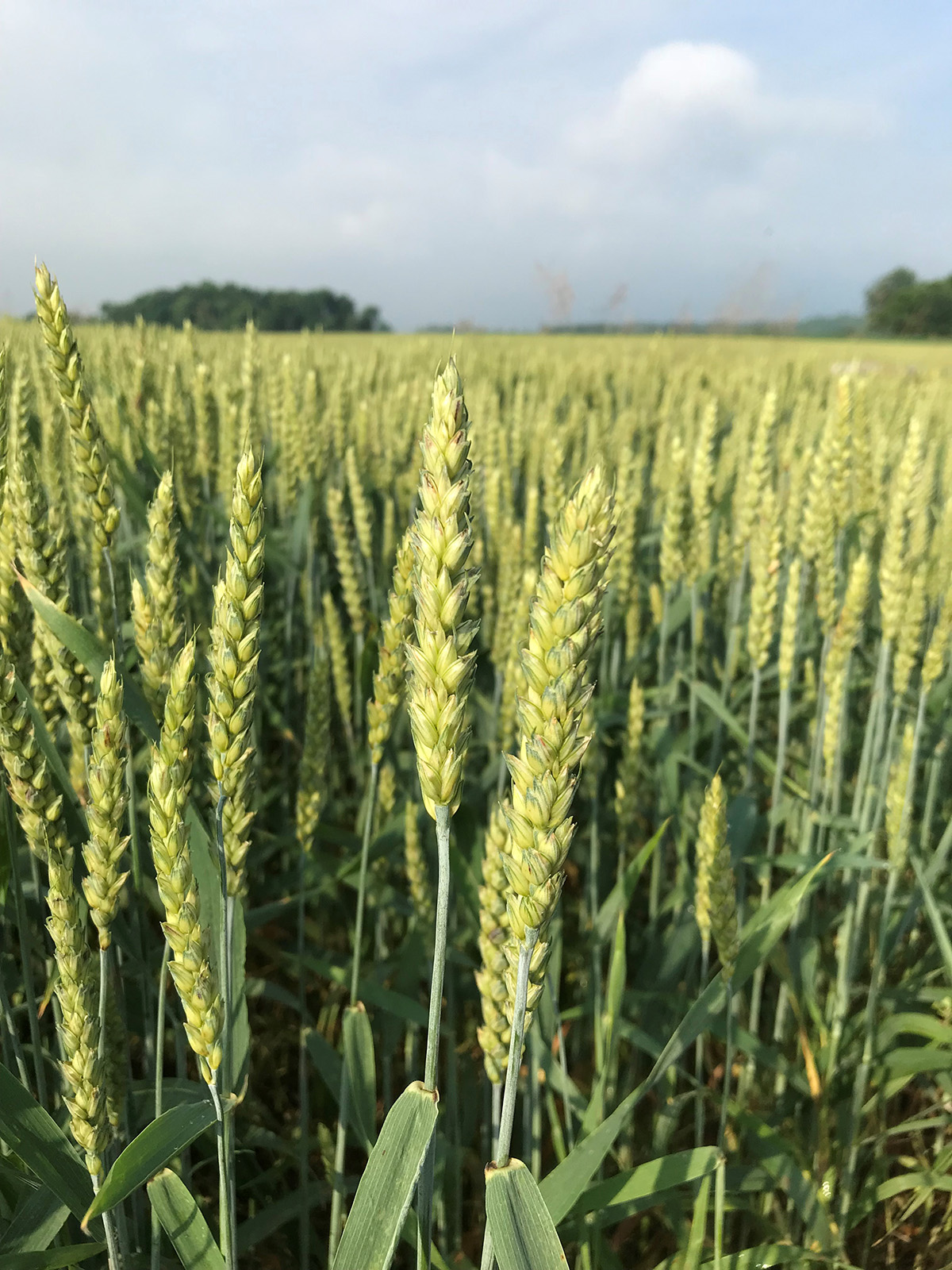
Many ruminant livestock producers have used soft red winter wheat as a forage resource, but many more livestock and row crop producers might want to consider this option, too.

Many ruminant livestock producers have used soft red winter wheat as a forage resource, but many more livestock and row crop producers might want to consider this option, too.
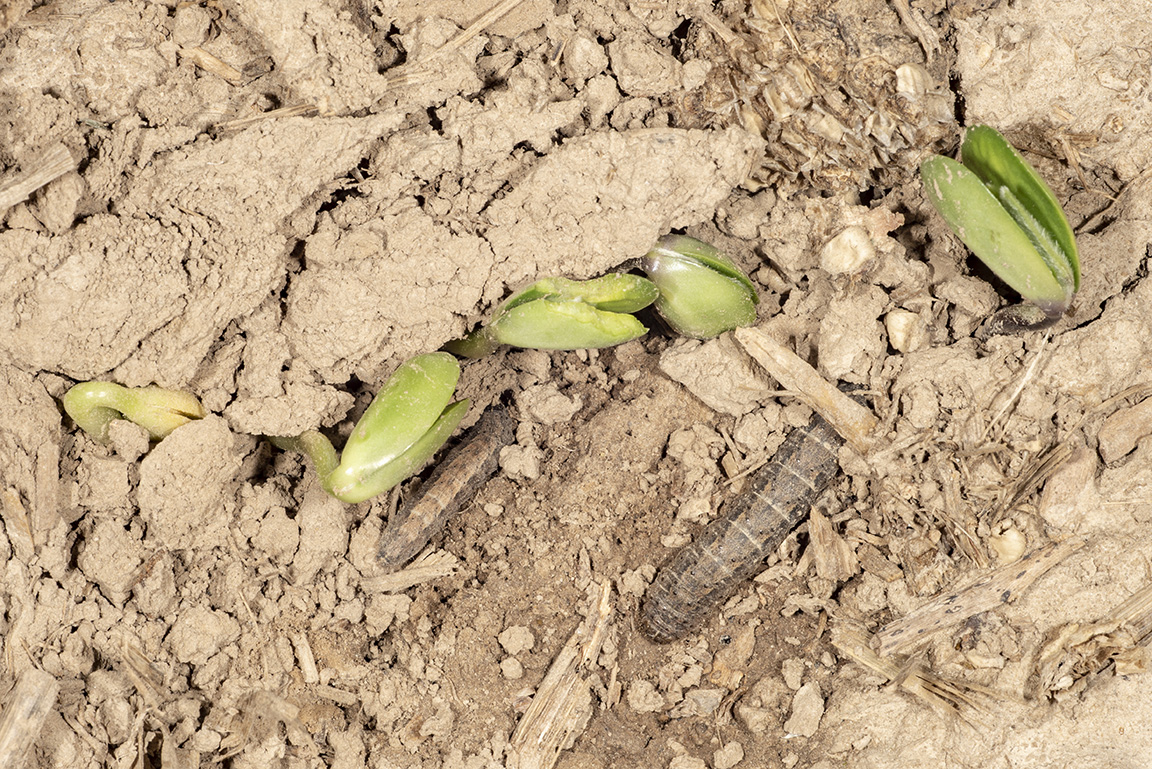
It seems that the freezing temperatures, and snow, of just over a week ago has spurred an increase in the black cutworm and armyworm moth activity, see the accompanying pheromone trap captures.
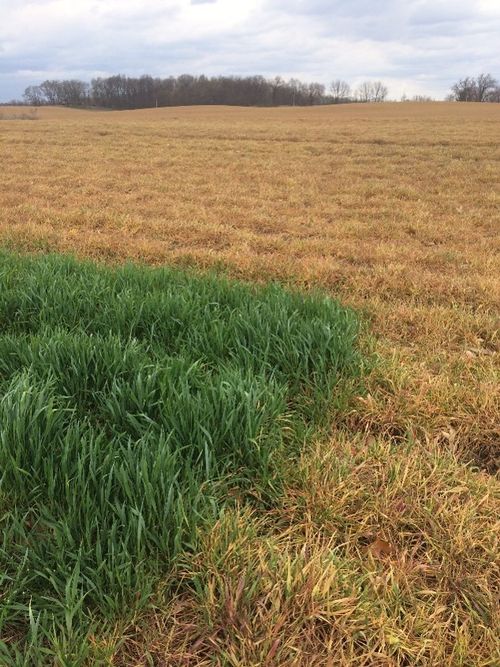
Timing of cover crop termination can have significant benefits in wet and dry springs.
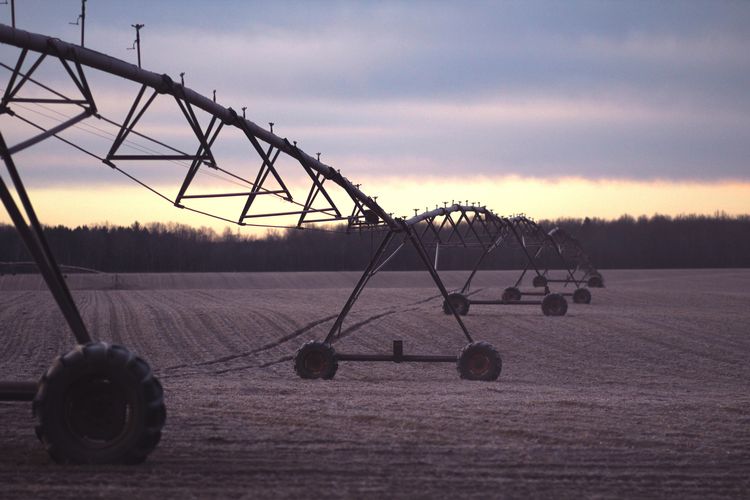
Over the wide variety of planting and soil-applied herbicide situations, most irrigated producers will gain from an early-season irrigation application. The limiting factor is whether the irrigation system is ready to go.
2021 Black Cutworm Pheromone Trap Report Form
Armyworm Pheromone Trap Report – 2021
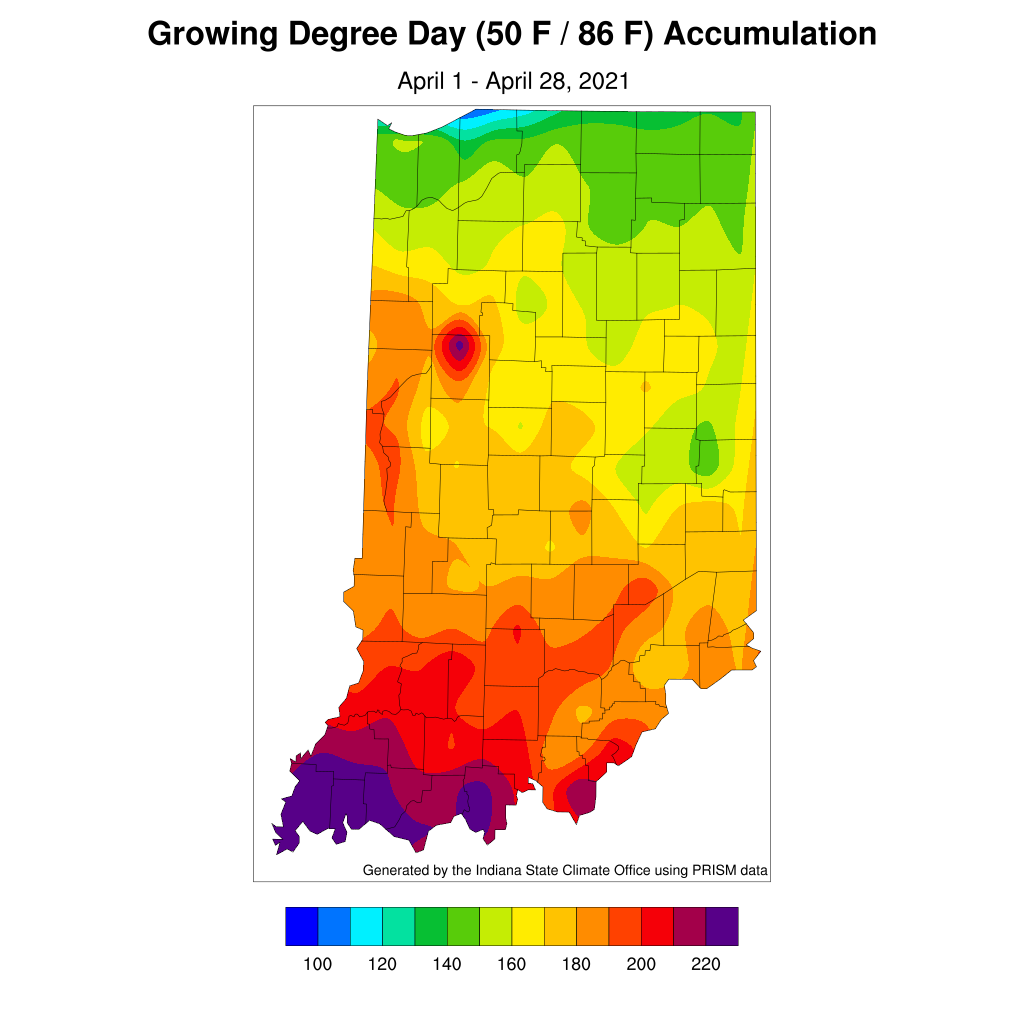
Last week, the topic around Indiana was the snow event in April. This week started off with above normal temperatures followed by significant rainfall.
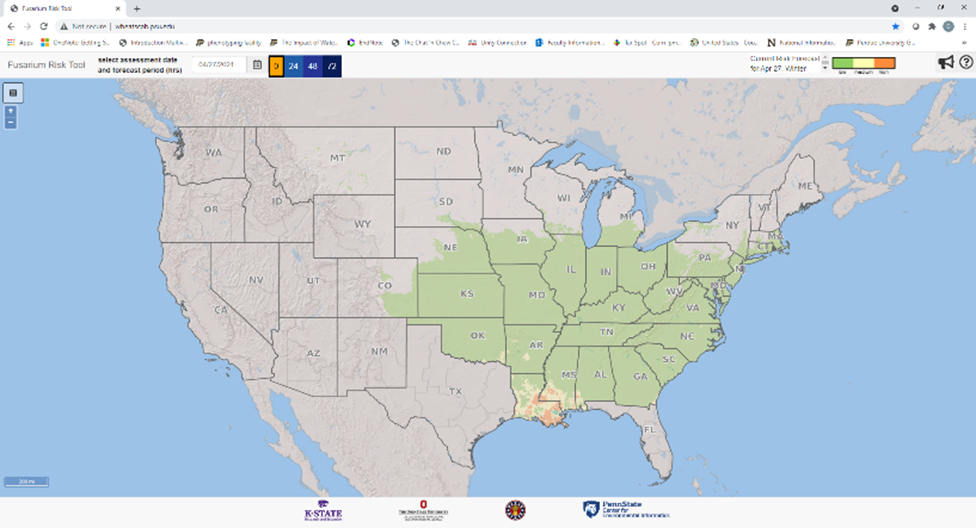
I want to remind you of a few resources for monitoring field crop diseases here in Indiana as planting has begun to ramp up here in Indiana.
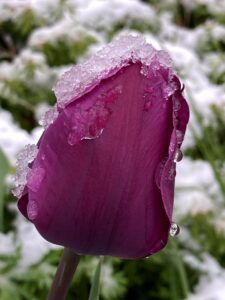
Keith Johnson, Purdue University Extension Forage Specialist, answers questions from the past week about cold temperatures, foxtail, and buttercup
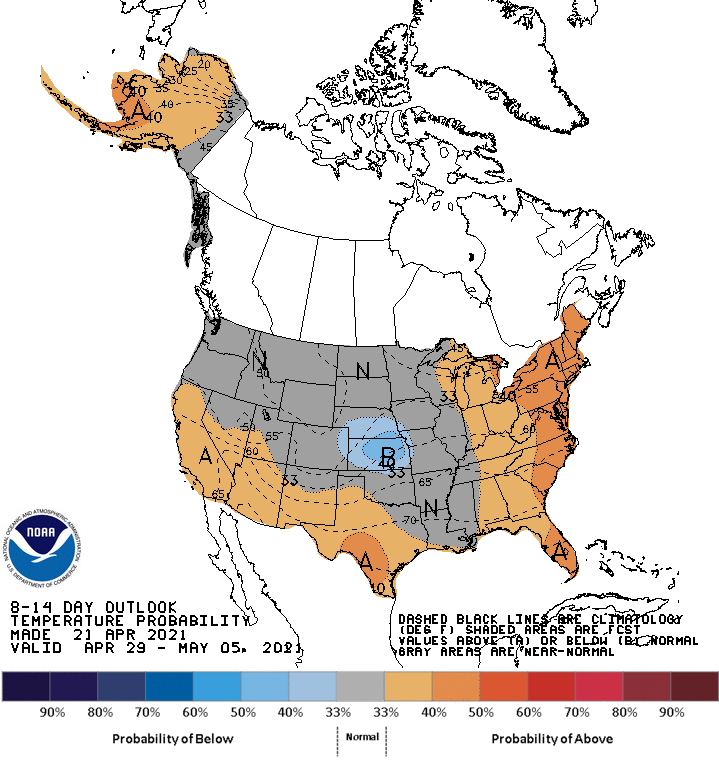
This week, much of Indiana got to see some snow falling as we were hoping that winter weather was behind us.
© 2024 Purdue University | An equal access/equal opportunity university | Copyright Complaints | Maintained by Pest&Crop newsletter
If you have trouble accessing this page because of a disability, please contact Pest&Crop newsletter at luck@purdue.edu.